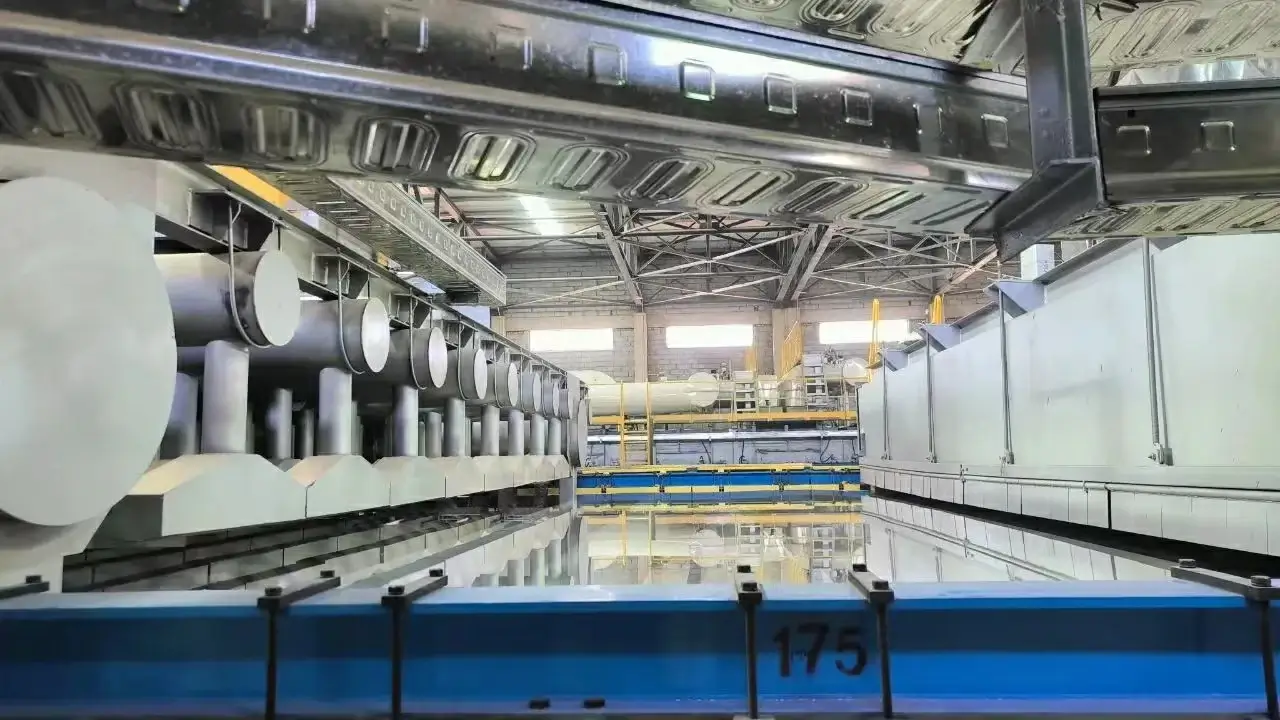

Exploring Float Glass Designs A Blend of Aesthetics and Functionality
Float glass, a widely used architectural material, is celebrated for its clarity and smooth surface. This unique type of glass is manufactured through a process where molten glass is floated on molten tin, resulting in a flawless finish that has made it a staple in construction, interior design, and art. As architects and designers continue to push the boundaries of creativity, the potential for innovative float glass designs has expanded significantly over the years.
The Basics of Float Glass
Before delving into the design aspects, it is essential to understand the fundamental properties of float glass. It possesses high transparency, low distortion, and excellent strength, which makes it suitable for various applications. Moreover, it can be manufactured in various thicknesses and can be treated to enhance its thermal insulation and safety features. These inherent qualities allow designers to incorporate float glass into structures not just for its practicality but also for its visual appeal.
Innovative Applications in Architecture
In contemporary architecture, float glass is increasingly utilized in innovative ways. One of the most striking applications is in the creation of curtain walls, which allow natural light to flood interior spaces while providing uninterrupted views of the surroundings. Modern skyscrapers often feature expansive glass façades that create a seamless connection between the indoors and outdoors, enhancing the overall aesthetic appeal of urban landscapes.
Another notable application is in glass bridges and walkways, which offer an exhilarating experience for users. These structures combine bold design with an element of daring, allowing people to walk in mid-air, surrounded by stunning views. Architects are experimenting with various thicknesses and treatments of float glass to ensure safety while maintaining transparency, resulting in breathtaking architectural elements.
Float Glass in Interior Design

In interior spaces, float glass is used in myriad ways, from partitioning rooms to crafting elegant furniture pieces. Designers are increasingly leveraging its versatility to create stylish and functional interiors. For instance, glass partitions can delineate spaces without sacrificing the sense of openness, making them an ideal choice for modern homes and offices. The use of frosted or tinted float glass adds a layer of sophistication while ensuring privacy.
Furniture design has also embraced float glass, with coffee tables, shelves, and cabinets incorporating this material. The sleek and minimalistic qualities of glass furniture not only save space but also add a contemporary touch to any room. Furthermore, glass elements can be coupled with wood, metal, or stone, creating a harmonious balance that caters to diverse design aesthetics.
Artistic Expression Through Float Glass
Beyond functional uses, float glass serves as a medium for artistic expression. Artists are now exploring the concept of glass art, where float glass is transformed into stunning sculptures and installations. Techniques such as sandblasting, etching, and layering allow for intricate designs that evoke emotion and provoke thought. Some artists utilize LED lighting behind glass installations to create mesmerizing effects that change with the viewer's perspective.
The potential for float glass in the artistic realm is virtually limitless. From large-scale public installations to intimate gallery pieces, the interplay of light and transparency invites viewers to engage with the work on a deeper level. This fusion of engineering and artistry showcases the versatility of float glass as not just a building material but also a canvas for creativity.
Sustainability and Future Innovations
As the demand for sustainable building materials grows, float glass manufacturers are also working towards eco-friendly production processes. Innovations such as solar control glass and energy-efficient glass are paving the way for a brighter, more sustainable future in architecture and design. These advancements not only enhance performance but also contribute positively to the environment.
In conclusion, float glass designs represent a blend of aesthetics and functionality that has revolutionized architecture, interior design, and art. As technologies evolve and creative minds continue to experiment, the possibilities for float glass applications are expansive. It is a material that not only serves practical purposes but also captivates and inspires, making it a vital element in contemporary design. The journey of float glass from basic construction material to a sophisticated design element reflects the ever-evolving nature of design itself.